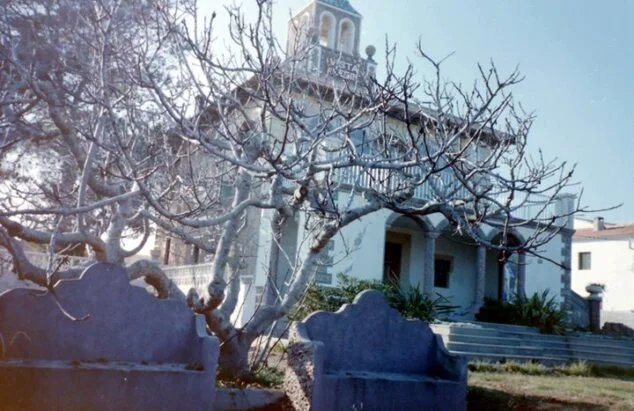It was June 28th, 1920, when Úrsula Tachó, ‘La Criminala’, killed her stepson.
A tragic event that has marked, generation after generation, a legendary black history in Javea, which reflects two fateful murders. On one hand, there is the death of Bartolomé (her stepson) and for which Úrsula earned the name ‘La Criminala’. And then, her own murder, almost 30 years later, in the well-known (but now gone)and farm of the Primer Montañar.

Ursula’s story
The story is that the young Úrsula arrived in Javea with her police office father, settling in Portitxol. There she met Modesto Sendra, another carabinero, who was a widower with two children; a boy, Bartolomé, protagonist of this horrid event, and his daughter.
Modesto and Úrsula decided to unite, leaving Bartolomé in charge of his sister. According to books and testimonies, the young boy was little loved by his stepmother.
When Úrsula became pregnant, her behaviour with her stepson worsened. Whether out of jealousy or madness, the young Úrsula began a series of strange behaviour, with moments of madness, which her husband did notice.
Bartholomew’s murder
Úrsula ‘mistreated’ the boy who was barely five years old, clearly with the intention of getting rid of Bartolomé so that she could be alone with the baby who was to be her new son (Francesc). She then initiated a series of terrifying events (as narrated in the documentary made by Jaume Castell, which was released in Cine Jayan in 2020.

Firstly, she left Bartolomé in the Cap de la Nau area, several kilometers from where they lived, but the little boy managed to return home after spending the night lost.
On another occasion, she threw the child into a well to drown, but luckily, with the help of a man, Bartolomé managed to save himself!
But this wicked stepmother was not going to give up and went further to end the life of this poor child. She mixed pieces of glass with soup to harm him, but that was still not enough.
Then, one fateful night, she succeeded! Úrsula strangled him while he was sleeping and stuck a sewing needle through his ears. The lifeless body of little Bartolomé was found by his father when he returned from work, covered with a blanket surrounded by burnt ears of corn.
The medical report after the autopsy confirmed that “death was caused by strangulation and the child’s ears showed unmistakable signs of having been pierced by a sharp and hard object such as a knitting needle. Glass remains were also found and a flammable mixture used to make matches”.
These horrible events ended with the transfer of Úrsula by the Civil Guard (Carabineros) to the barracks and her subsequent admission to a women’s prison.
The murder of Úrsula and her peculiar house ‘Vista Alegre’
The second part of the story tells of that the locally well-known house of ‘La Criminala’, which was situateded in Primer Montañar.

The murder of little Bartolomé did not actually happen in this house.
Úrsula, after spending years in prison and being pardoned, returned to Javea as the beneficiary of an inheritance. This was around 20 years after that tragic crime. ‘La Criminala’ then built ‘Vista Alegre’, a striking and peculiar building where she was subsequently murdered.

Úrsula lost her life at the hands of her landlord, who was sick of the fact that for years she had not paid them for their services with the excuse that they would be heirs. She was given a blow (with the esparto hammer) on the back of the neck while she slept that broke her skull. Thus, around the 50s, the heart of Úrsula Tachó, ‘la Criminala’, and this house, remembered by many, remained on the seafront until the end of the 90s.

More photos can be found on the original article in Javea.com